The issue is that setting a border radius to a rectangle that has a size smaller than the sum of the border radii (for normal case, the diameter), the painter path used to draw the frame becomes a rectangle, due to the way arcs are drawn.
Unfortunately there is no direct solution using stylesheets, and the only option I can think of is to subclass and override the paintEvent, then "trick" the style making it think that the current value is higher than what in reality is.
In the following example, I'm computing the minimum width required for the small value (I'm assuming 0), then evaluate the possible size of the bar based on the current value, and then compute the new "virtual" value based on the possible size above.
In this way, the minimum will always be a circle, and it will increase its width accordingly.

class Progress(QtWidgets.QProgressBar):
def paintEvent(self, event):
qp = QtWidgets.QStylePainter(self)
opt = QtWidgets.QStyleOptionProgressBar()
self.initStyleOption(opt)
rect = self.style().subElementRect(QtWidgets.QStyle.SE_ProgressBarContents, opt, self)
minSize = rect.height()
grooveSize = rect.width() - minSize - 1
valueRange = self.maximum() - self.minimum()
offset = self.value() / valueRange * grooveSize
newValue = (minSize + 1 + offset) / rect.width() * valueRange
if int(newValue) != newValue:
newValue = min(self.maximum(), newValue + 1)
opt.progress = newValue
qp.drawControl(QtWidgets.QStyle.CE_ProgressBar, opt)
Do note that this is a very simple implementation that doesn't check if the range is valid, and doesn't consider the orientation nor the inverted position. In some cases it might appear a small rectangle depending on the size (I might have misplaced a 1 pixel difference somewhere).


